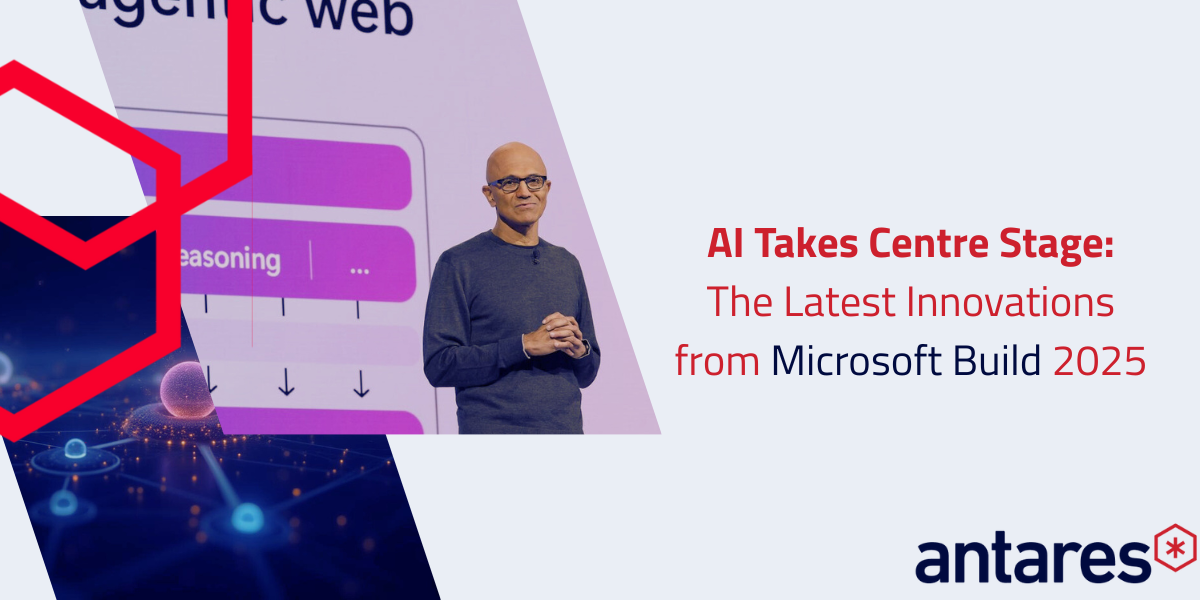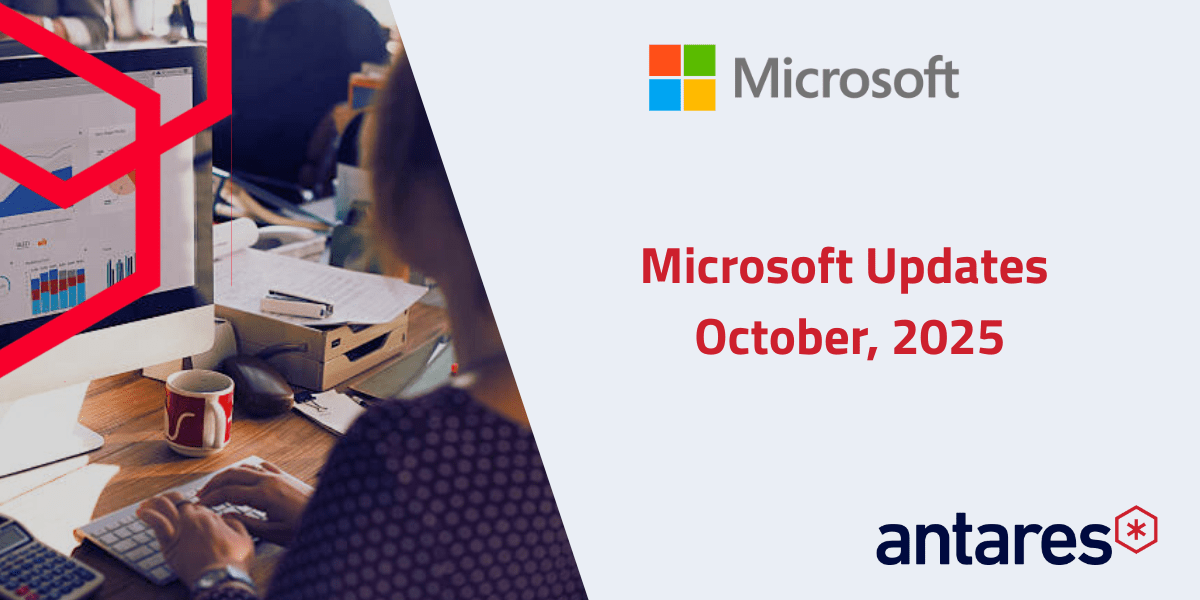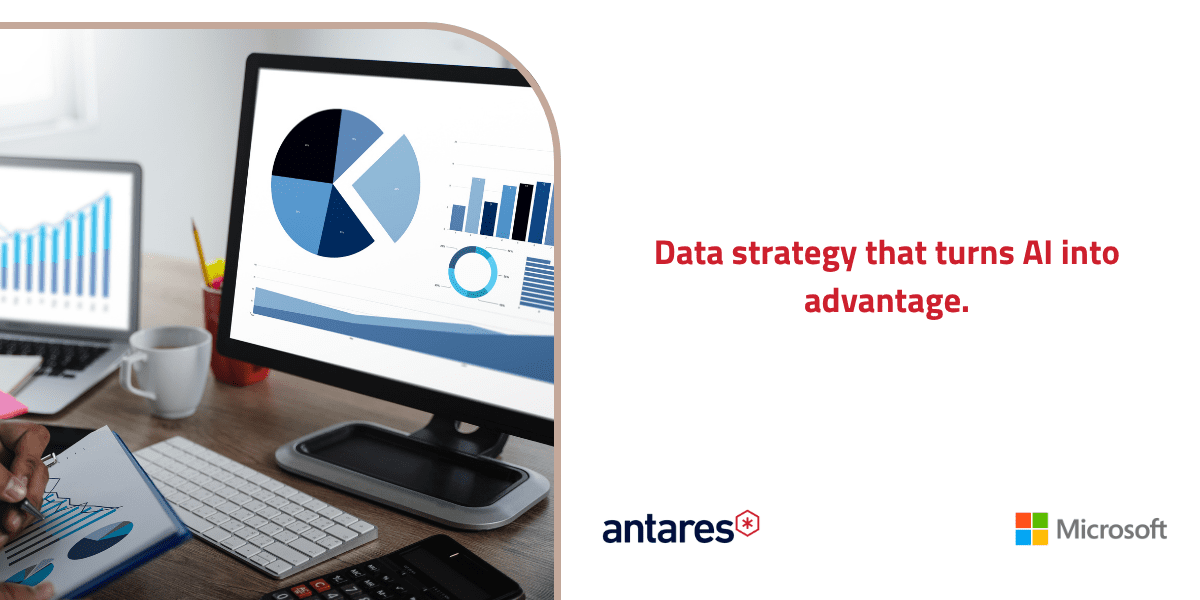Microsoft Build 2025 has set a new benchmark for enterprise technology, introducing innovations that empower organisations to work smarter, analyse data more effectively, and build intelligent applications at scale. In this article, we explore key updates and explain how they translate into real value for your business—across healthcare, education, government, and professional services.

Modern Work: Reimagining Collaboration with AI at the Core
Microsoft 365 Copilot Tuning
Microsoft is giving organisations more control over how Copilot behaves by allowing tenant-level customisation. Organisations can now fine-tune Copilot to align with internal workflows, industry standards, and compliance requirements.
This means when a user asks Copilot to draft a training agenda or generate a project status report, it leverages internal templates and policies to deliver content that’s not just useful, but compliant and on-brand.
This functionality is especially valuable in sectors like education, healthcare, or government, where precision and consistency are non-negotiable. By adapting to your organisational context, Copilot reduces manual rework and enhances productivity across the board.
Team Copilot Expansion
Team Copilot, initially embedded in Teams, is now integrated across the Microsoft 365 suite—including Outlook, Word, and Excel. It’s designed to function as a “project-aware” assistant.
Let it be scheduling meetings, following up on shared files, or summarising conversations, Copilot helps manage operational overhead. For example, after a brainstorming session in Teams, Copilot can draft a summary and action items, then remind the relevant team members via Outlook.
AI-Powered Notifications and Insights
Leveraging Microsoft Graph, these AI-powered notifications scan communications, shared content, and workflows to provide timely insights, like alerts for updated documents, missed deadlines, or newly relevant data.
Instead of pulling information reactively, your workspace becomes context aware. Team members receive relevant prompts exactly when they need them, reducing information overload while improving responsiveness and situational awareness.
GitHub App Upgrades in Teams
The improved GitHub app in Teams brings pull requests, issue tracking, and code discussions into the Teams environment. Whether you’re managing sprint reviews or debugging urgent issues, this upgrade reduces friction across the development cycle and ensures your software teams remain agile and aligned.
Data and AI: Making Information Actionable
SQL Server 2025 (Preview)
SQL Server 2025 is designed from the ground up for an AI-driven data environment. It supports vector search natively, enabling organisations to build AI-powered applications directly on top of enterprise data.
With built-in capabilities like advanced indexing and low-latency querying, you can use structured data as the foundation for intelligent assistants or analytical models, without exporting or duplicating your datasets.
Cosmos DB in Microsoft Fabric (Preview)
Cosmos DB is now natively integrated with Fabric, allowing real-time ingestion and querying of both structured and unstructured data. Store semi-structured NoSQL data—like student feedback or learning analytics—alongside traditional relational data. This means all your data, regardless of type, can be managed and analysed together, breaking down silos and simplifying your data landscape.
More on Microsoft Fabric Services
Digital Twin Builder (Preview)
Microsoft’s Digital Twin Builder lets you create and visualise digital models of physical environments, with real-time sensor integration and scenario simulation. From facilities management to supply chain optimisation, organisations can test changes in a risk-free digital environment before implementing them in the real world.
Azure AI Platform Enhancements
Azure now supports named identities for AI agents and automatic model selection, giving organisations a secure, accountable, and optimised way to deploy AI. This reduces the risk of misaligned models or security breaches. You can ensure that each AI agent has a defined role, traceable actions, and uses the best-performing model for the task.
Code Interpreter for Agents (Preview)
AI agents can now execute Python code for on-the-fly data processing and visualisation.
This enables teams to perform advanced analysis, such as trend detection and statistical modelling, without relying on data scientists to manually execute code. It makes data-driven insights more accessible across the organisation.
Products and Apps: Empowering Problem-Solvers Across the Business
Windows AI Foundry
Microsoft introduces a local-first development environment tailored for AI workloads on Windows devices. This enables organisations to build, test, and deploy AI models directly on endpoints, without depending on cloud connectivity. For sectors with stringent data governance needs, this means greater control over sensitive information, lower latency, and more responsive edge applications.
Power Platform AI Enhancements
With recent updates across Power Apps, Power Automate, and Power BI, Microsoft’s Power Platform now enables users to embed AI into their workflows more intuitively than ever. GPT-powered chatbots, predictive models, and decision automation can now be deployed using low-code interfaces. Business users gain the ability to design intelligent solutions independently, accelerating innovation and reducing the development backlog for IT teams.

Agent Feed in Power Apps
As organisations integrate AI into critical operations, maintaining visibility becomes essential. The new Agent Feed provides a centralised dashboard for monitoring AI agent behaviour across workflows, allowing administrators to oversee, audit, and adjust automated processes with confidence. It brings the governance layer necessary for scaling AI responsibly.
Copilot in SQL Server Management Studio
Database professionals can now leverage Copilot within SQL Server Management Studio for intelligent query suggestions, performance diagnostics, and error troubleshooting. By reducing manual effort in routine tasks, Copilot enhances productivity and improves the reliability of database management, making it easier to maintain high-performing, secure environments.
Agentic Automation: Building Next-Generation Workflows
Microsoft’s latest wave of AI innovations marks a significant shift toward fully autonomous, intelligent workflows. With NLWeb, websites can now interact with users through natural language, turning static platforms into responsive, 24/7 intelligent interfaces. Model Context Protocol (MCP) enables AI agents to share memory and context securely across systems, allowing for seamless collaboration and decision-making. Multi-Agent Orchestration takes this further, coordinating multiple agents to manage entire business processes—like onboarding or incident resolution—without constant human input. In Agentic DevOps, AI agents are embedded into the development pipeline to handle testing, deployment, monitoring, and even predictive alerts, enabling faster, more resilient releases. Finally, Microsoft Discovery introduces AI-driven research capabilities, from pattern recognition to real-time validation, accelerating innovation across sectors like healthcare, policy, and product development. Together, these advancements redefine what intelligent, scalable enterprise automation can look like.
Why Partner with Antares?
Microsoft Build 2025 marks a turning point. The tools are ready—now it’s about applying them meaningfully within your organisation. From education and government to health and professional services, these technologies are reshaping what’s possible.
At Antares, we don’t just interpret the latest technology—we translate it into real, operational impact. We understand that every organisation is unique, which is why we work closely with you to understand your data, your processes, your goals and even advice with customised solutions apart from the above, for you. Whether you’re exploring AI-driven collaboration, building resilient data infrastructure, or orchestrating enterprise automation, we help you do it securely, efficiently, and with confidence.
If you’re ready to lead this change, Antares is ready to help you drive it.
Latest updates from Microsoft Build are available here.
Get in touch. Let’s turn transformation into progress—together.



